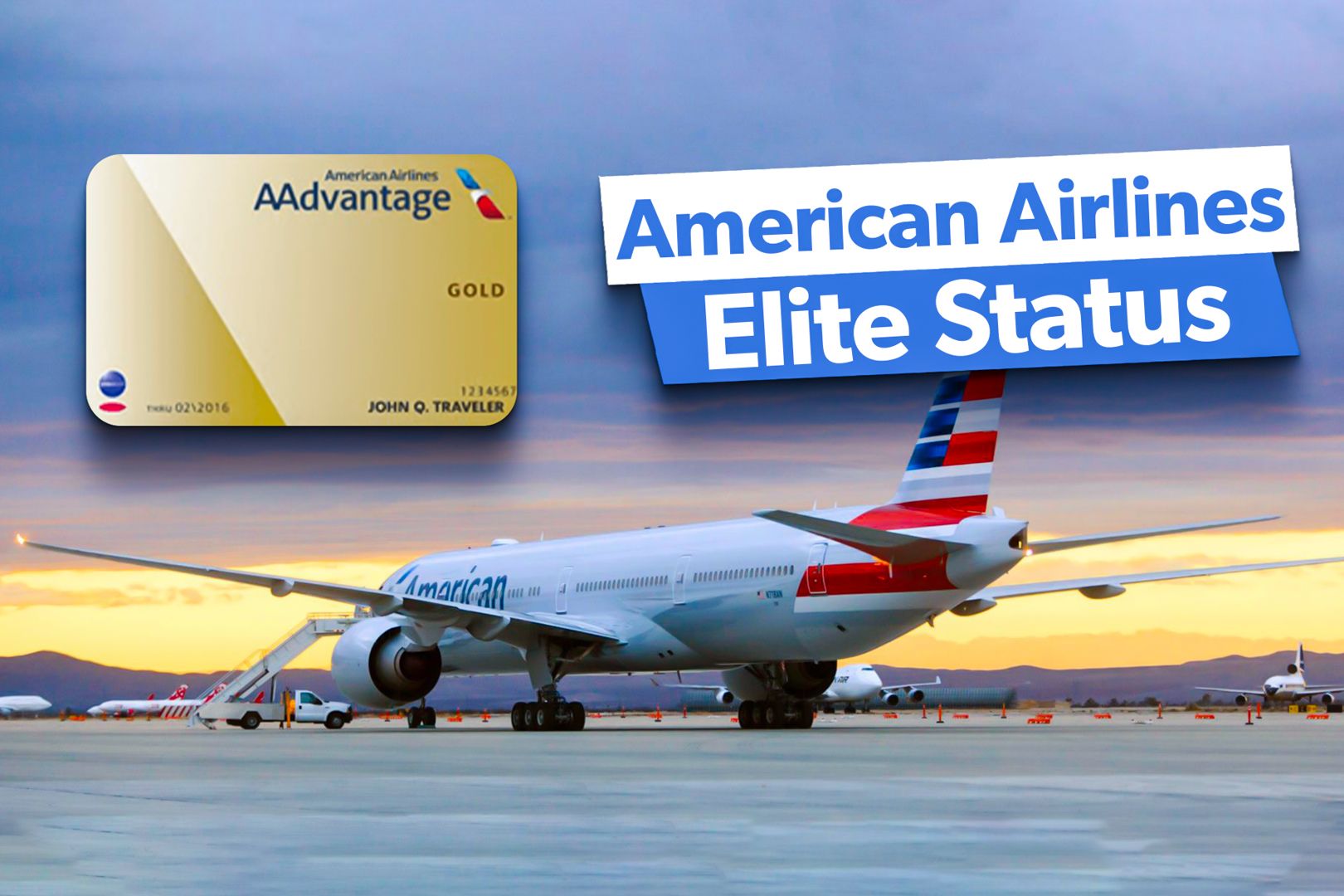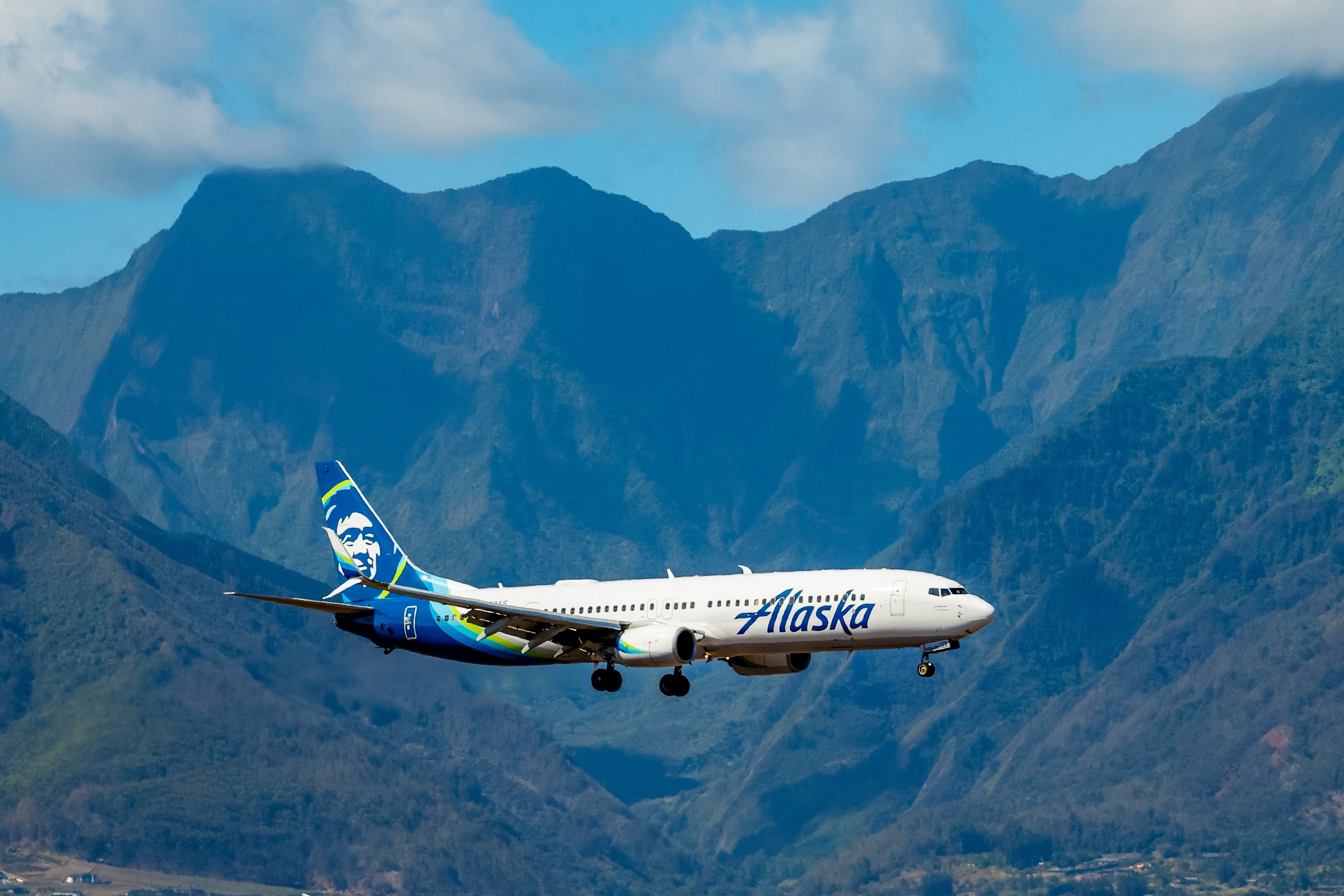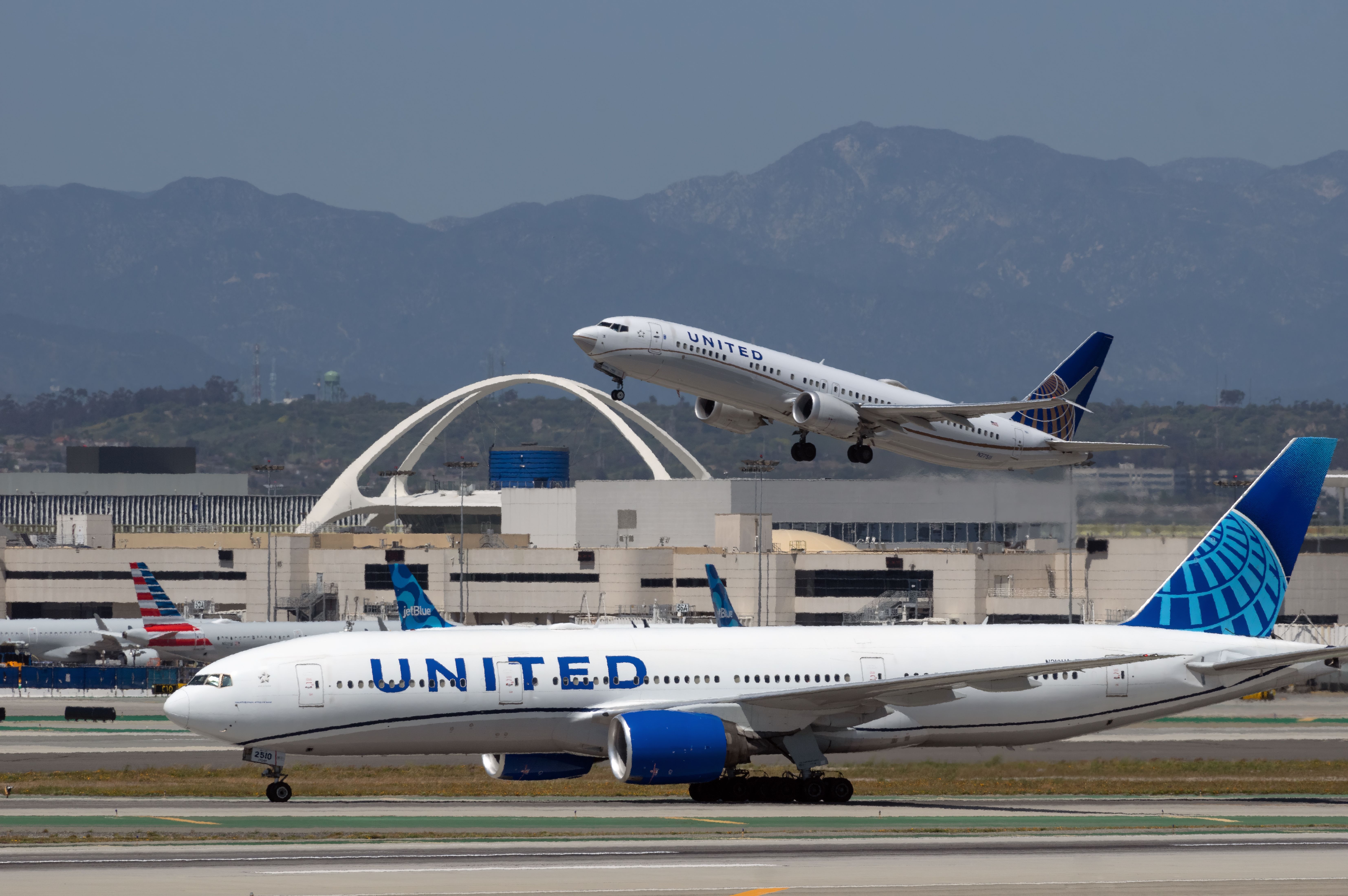Summary
- Revenue-based systems make mileage runs not worth the effort for earning elite status.
- Environmental concerns about carbon-intensive flying are a factor to consider.
- There are more convenient ways to earn miles, like credit card spending, than taking unnecessary flights.
A mileage run is a flight taken solely to earn loyalty program miles and achieve elite status with an airline. These trips are usually short, and passengers often stay in the airport upon arrival as there is no implied intent to get to a specific destination or explore a new place.
Over the years, the popularity of mileage runs has decreased as airlines have switched from a distance-based to a revenue-based frequent flier system. Despite this, mileage runs are not entirely dead, but they are almost not worth it. Here is why.
Not worth the effort
Indeed, mileage runs are no longer worth the effort due to changes in loyalty program economics. Many major airlines, such as American Airlines or United Airlines have shifted from distance-based or fare-based frequent flier systems to revenue-based systems.
Photo: Angel DiBilio | Shutterstock
Presently, elite status with airlines is determined by your spending rather than just your mileage, which makes it harder to qualify through less expensive short flights. Alongside this change, airlines have reduced the benefits of elite status, making it less appealing to pursue through mileage running.
At a glance, here are the reasons why mileage runs would not be worth it anymore:
- Revenue-based frequent flier program systems
- A relative decrease in the value of miles
- Environmental concerns
- Alternative ways to earn miles
Additionally, there has been a relative decrease in the value of miles, leading to higher mile requirements for redeeming first and business class award tickets. Frequent flier programs have gotten more complex, with different rules, conditions, and ways to use points. Figuring out how to get the most out of a mileage run can be challenging and take a lot of time, making it less appealing overall.
While flying is, of course, the easiest way to collect points, there are now alternative and efficient ways to earn miles and elite status, such as credit card spending, partnerships with hotels and car rental companies, and promotions. These methods are often more convenient and cost-effective than taking unnecessary flights.
Current realities
In the past, earning elite status with an American-based airline often required accumulating 100,000 elite qualifying miles in a year. For example, you could find a $500 round-trip ticket from New York to Tokyo, which was a common deal ten years ago, covering a distance of approximately 20,000 miles round-trip.
A report by One Mile At A Time highlighted American Airlines to illustrate current realities. American Airlines now uses the Loyalty Points system for earning elite status, focusing on the number of Loyalty Points rather than flights or miles flown. Miles earned from various sources, including credit card spending, count as Loyalty Points.
To achieve Executive Platinum status, you need 200,000 Loyalty Points. Since Executive Platinum members earn 11 AAdvantage miles per dollar spent, you would need to spend over $18,000 on flights to reach this status, according to the report.

Related
What Is American Airlines Elite Status & How Do You Get It?
How to travel in style with AAdvantage elite status.
When to opt for a mileage run
There exists a particular circumstance in which mileage running can prove advantageous. When nearing elite status, mileage running can prove beneficial. For instance, scheduling a trip or two towards the end of the year can help.
However, when starting to earn elite status from scratch, the revenue requirements imposed by many programs nowadays may limit the practicality of mileage running.
Environmental concerns
Flying is one of the most carbon-intensive activities. Frequent flying and mileage runs have a significant environmental cost. Aviation accounts for 2.5% of global CO2 emissions but has contributed around 4% to global warming so far, according to a report by Our World in Data.
Therefore, the shift in loyalty program economics may have made some frequent flier programs more environmentally friendly. Additionally, some airlines are actively working to make their loyalty programs more sustainable.
For example, Alaska Airlines introduced last year a new approach for frequent fliers aiming to earn status through Mileage Runs. To reduce environmental impact, the airline now allows travelers to purchase sustainable aviation fuel (SAF) to earn status instead of booking flights. In addition to SAF, travelers can opt to support nature-based climate projects to count toward their status.
Commenting on the new initiative, Alaska’s Senior Vice President of Public Affairs and Sustainability, Diana Birkett Rakow, said:
“We know that reaching our sustainability goals – including net-zero carbon emissions by 2040 – will require investment and action on all fronts, and that sustainable aviation fuel presents our best opportunity to take a leap forward on this journey. But today, there isn’t enough SAF to meet demand – and we need to bring its cost down by creating scale,
“That’s why, in addition to purchasing and using SAF, building partnerships, and advocating for public policy support, we’re inviting our guests to join us – to learn more about SAF, to invest in its development, and to help us grow supply for the future.”

Related
No More Mileage Runs: Alaska Airlines Offers A Greener Alternative
The move is part of the carrier’s continued sustainability strategy.
What are your thoughts? Do you believe mileage run is dead? Feel free to share your experiences in the comments section below.


